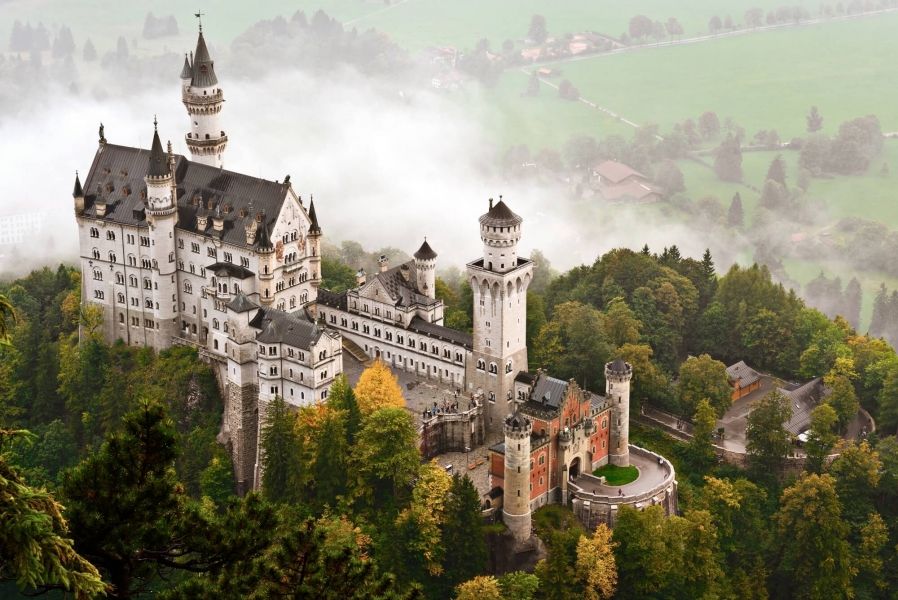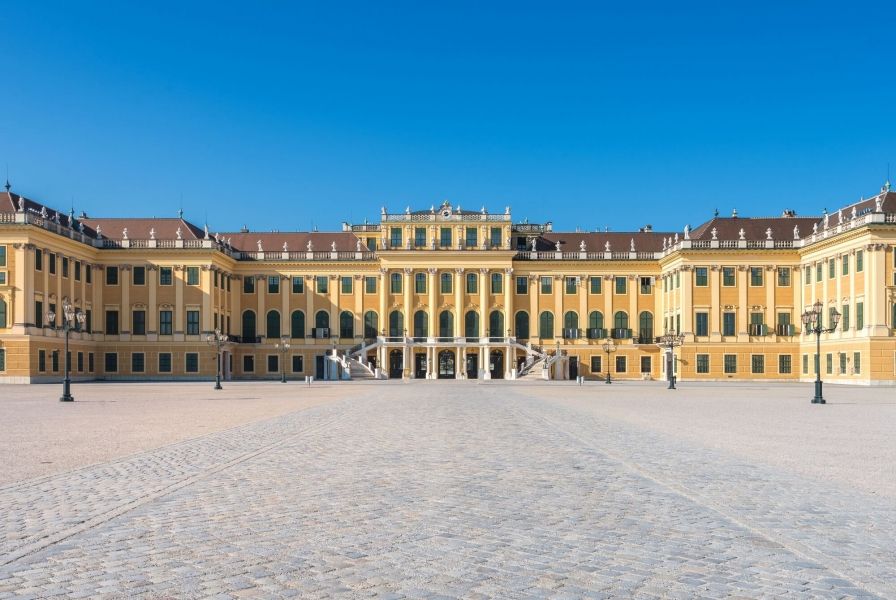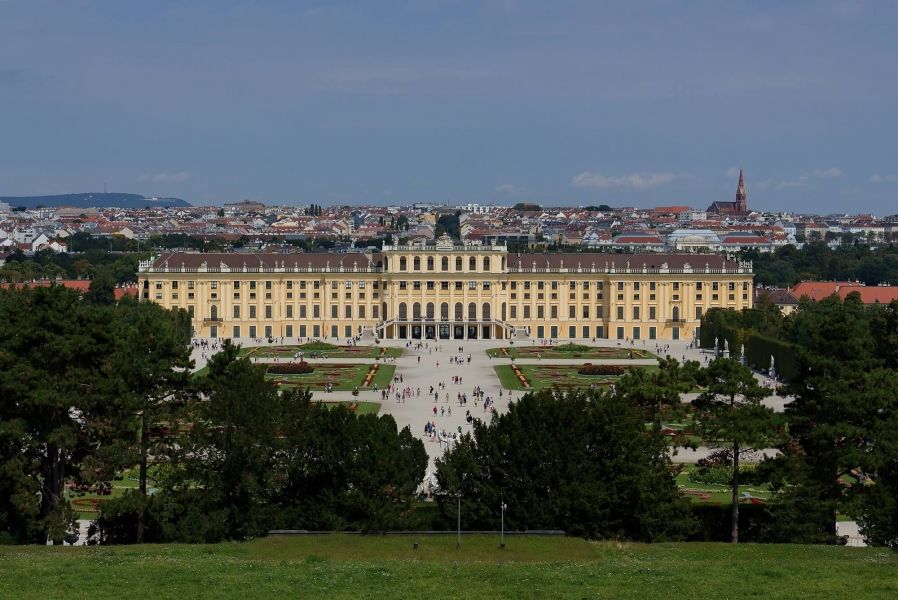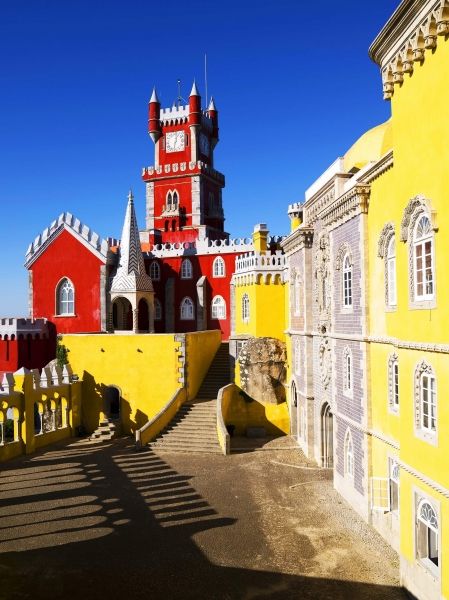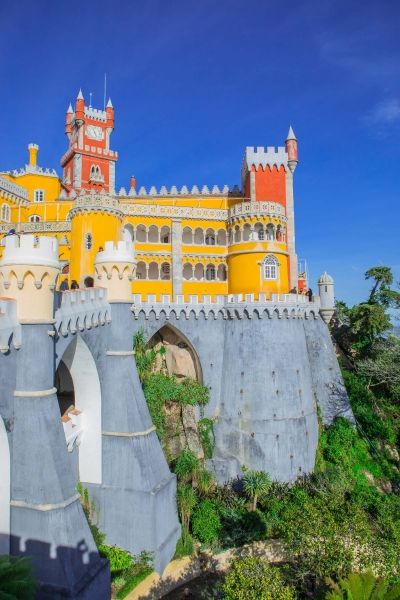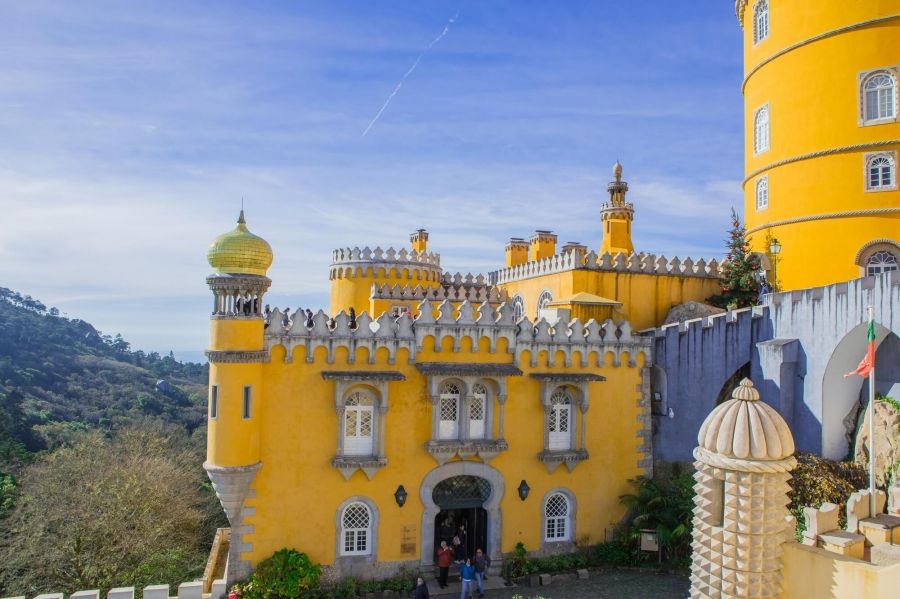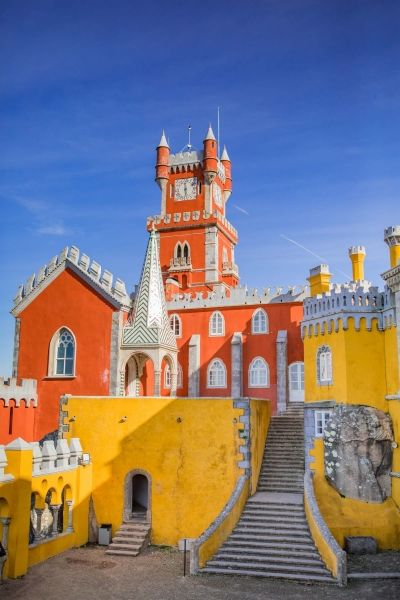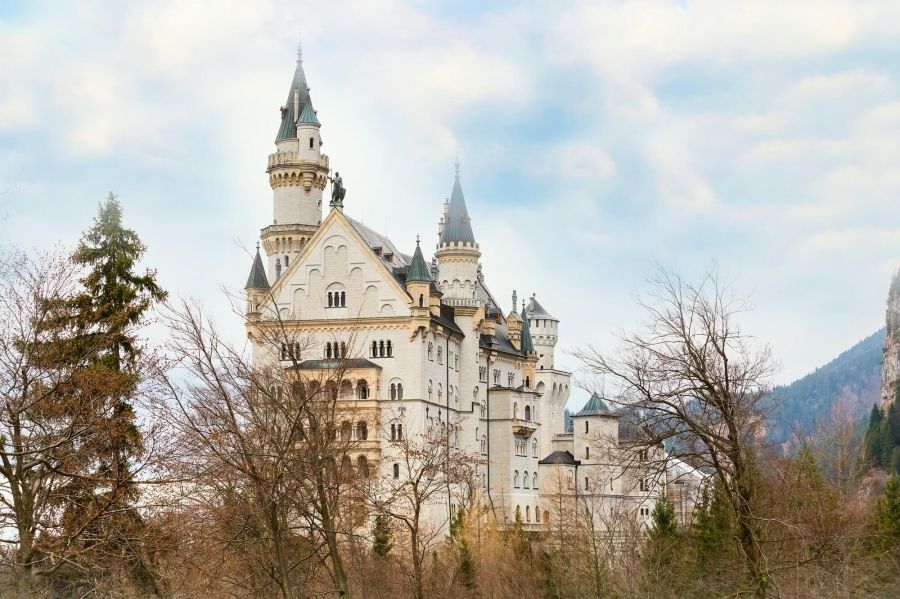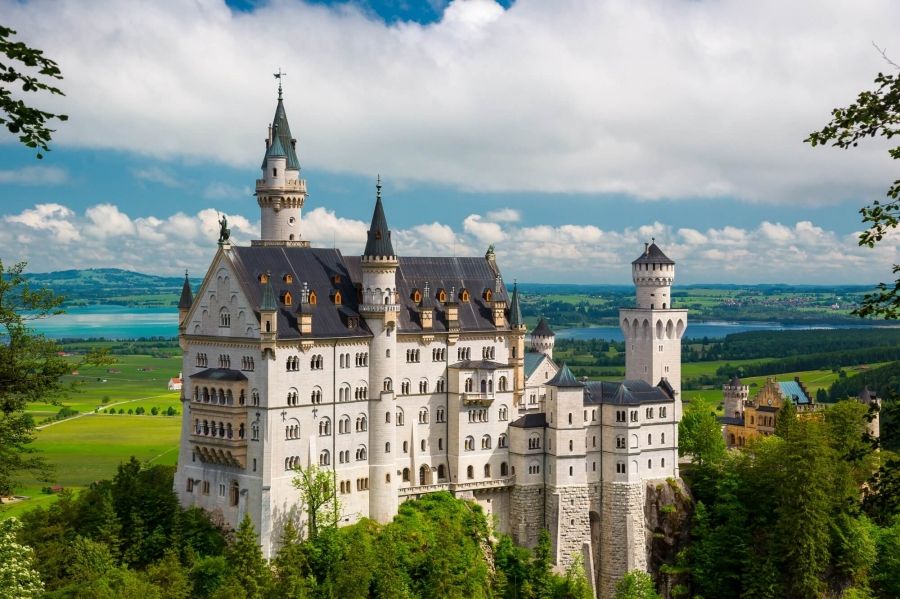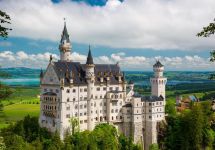Colourful architecture of modern palaces and residences in Poland and Europe
Palacio da Pena - was hailed as the most beautiful palace in Europe. The jury of the European Best Destination competition also appreciated the other fabulous colourful residences.
In the European Best Destination ranking Palacio da Pena was followed by colourful Neuschwanstein castle. Yet examples of colourful architecture of modern palaces and residences can also be found in other countries.
Palacio da Pena, Portugal
Not only was it built so that it is visible from every part of the park adjacent to it, but also its walls were covered with bold colours, including bright yellow and saturated red. Play of colours - after renovation they are live again - makes the residence in Sintra near Lisbon look like a dream come true. In fact, the source of inspiration for it was both minarets and Renaissance domes and Gothic towers.
Neuschwanstein, Germany
This residence does not have to be introduced - it appears in every fairy tale of Walt Disney. Historically, it was the seat of Ludwig Wittelsbach II the King of Bavaria, which was also famous for some other reason. Although it is all white, one of its buildings - on the east side - is cut off from the other bright colours. The exterior facade is in harmony with red brick, the interior - lime of yellow shade. Why? This to this day nobody knows.
Tsarskoye Selo, Russia
A masterpiece representing the rich style of the Russian Baroque. The 300-meter-long facade ornamented with splendour and richness testifies to this day about the Golden Age of tsarism. Unbelievable lightness - from the distance it resembles a doll house - is primarily owed to a play of intense colours: sky-blue, white and matt gold (statutes), as well as numerous vertical elements (columns) and continuous row of windows.
Książ, Poland
The third largest castle in Poland (after Malbork Castle and Wawel Royal Castle) is distinguished from outside by the front pink facade. Why this particular colour? This is a baroque part of the building, and the colour was characteristic for this epoch. In addition, colour consistency was ensured; ornamental elements of the courtyard in front of the castle were made of pink sandstone.
Schonbrunn castle, Austria
Inscribed on the UNESCO World Heritage List during the construction times was to symbolize the enormity and multiculturalism of the Austro-Hungarian monarchy. It is an interesting fact that baroque decor was introduced during the reign of Maria Theresa. Hence, the yellow colour on the facade - reportedly was her favourite.
